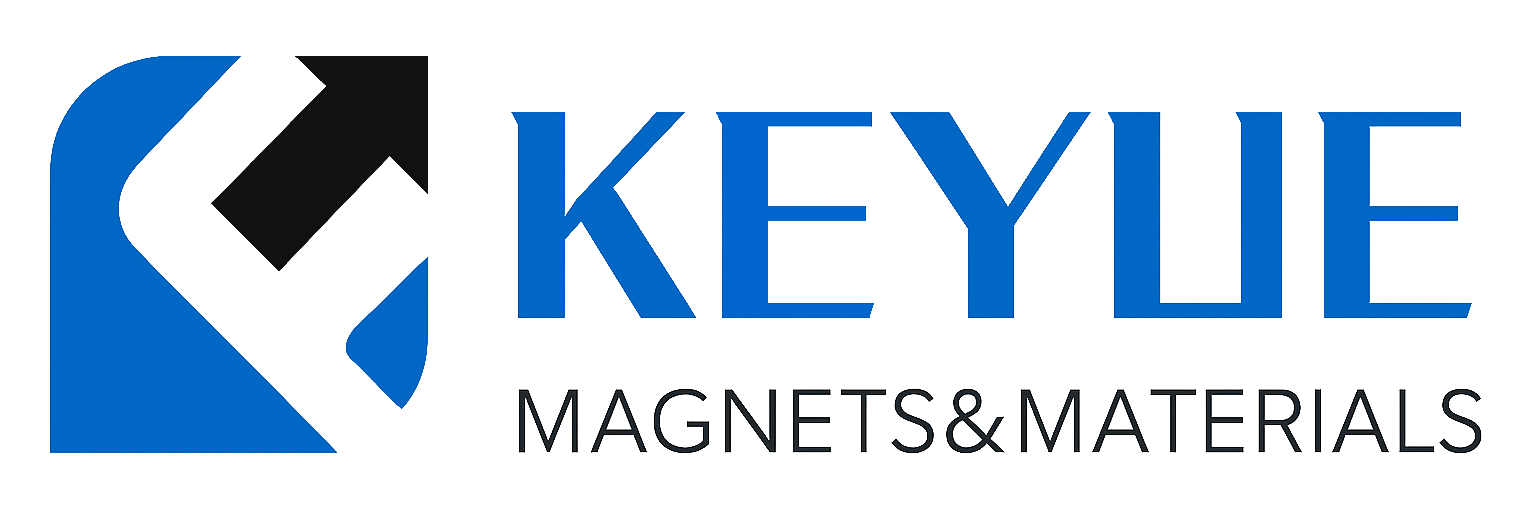描述
钽铌合金板(TaNb Alloy Plate)
产品简介
钽铌合金板(TaNb Alloy Plate)是一种由钽(Ta)与铌(Nb)组成的高熔点难熔金属合金,具有优异的高温强度、延展性、抗腐蚀性和化学稳定性。
该合金结合了钽的化学惰性与铌的良好加工性能,是真空镀膜、高温结构件、核能屏蔽、航空航天部件等领域的关键材料之一。
钽铌合金板在电子束蒸发源、溅射靶材背板、真空腔体衬板、加热元件等方面表现出极高的可靠性与热稳定性。
产品详情
苏州科跃材料科技有限公司生产的钽铌合金板采用真空电子束熔炼—热轧—退火—精密抛光工艺制备,组织均匀致密、晶粒细小,表面光滑无裂纹或氧化层。
产品符合 ASTM B708 / ASTM B393 / ISO 9001 标准,可按客户需求定制不同成分比例(常见配比 Ta-10Nb、Ta-25Nb、Ta-40Nb、Ta-50Nb)。
典型规格:
-
纯度等级:≥99.95%
-
成分比例:Ta 60–90 wt%,Nb 10–40 wt%(可定制)
-
密度:15.0–16.5 g/cm³
-
尺寸范围:厚度 0.3 – 10 mm,宽度 ≤ 300 mm,长度 ≤ 1000 mm
-
制造工艺:真空熔炼 + 热轧 + 精磨 + 真空退火
-
表面状态:金属灰色 / 抛光光亮 / 无氧化层
性能特点
-
高温强度优异:可在 2000°C 以上长期稳定使用
-
抗腐蚀性能突出:耐强酸、强碱及高温氧化
-
高延展性与加工性:适合深加工与焊接
-
良好的导电与导热性能:可用于电子及热传导结构
-
真空兼容性优异:广泛用于真空镀膜与惰性气氛设备
应用领域
-
真空镀膜设备与靶材背板
-
高温电极与导电结构件
-
航空航天发动机耐高温部件
-
核能反应堆防护与吸收材料
-
电子真空管、离子源、电热元件
技术参数
| 参数 | 典型值 / 范围 | 说明 |
|---|---|---|
| 熔点 | 2750–3000 °C | 难熔金属合金 |
| 密度 | 15.0–16.5 g/cm³ | 致密均匀结构 |
| 电阻率 | 14–16 × 10⁻⁸ Ω·m | 稳定导电性 |
| 热导率 | 55–65 W/m·K | 良好导热性能 |
| 抗拉强度 | ≥550 MPa | 高温下仍具韧性 |
| 硬度 | HV 200–270 | 优异耐磨性能 |
| 延展性 | 高 | 可冷加工成型 |
| 磁性 | 无 | 适用于电子真空装置 |
常见问题(FAQ)
| 问题 | 答案 |
|---|---|
| TaNb 合金能用于真空系统吗? | 是的,真空稳定性极高,适用于真空镀膜与炉体结构。 |
| 能否在高温下长期使用? | 可在2000°C以上环境稳定运行。 |
| 是否可定制成分? | 支持Ta/Nb比例按客户要求定制。 |
| 是否具磁性? | 无磁性,适合电子应用。 |
| 是否可焊接? | 可进行电子束焊或氩弧焊。 |
| 是否附检测报告? | 附化学成分与纯度检测报告。 |
| 是否符合环保法规? | 符合RoHS和REACH标准。 |
| 是否支持科研样品? | 可提供小批量样品与定制加工。 |
包装与交付
所有钽铌合金板均经过真空退火与纯度检测,产品采用真空密封、防氧化、防潮包装。
外层采用防震泡沫与出口木箱,确保国际运输安全。附带 COC、检测报告及RoHS/REACH 认证文件。


-300x300.png)
-300x300.png)

评价
目前还没有评价